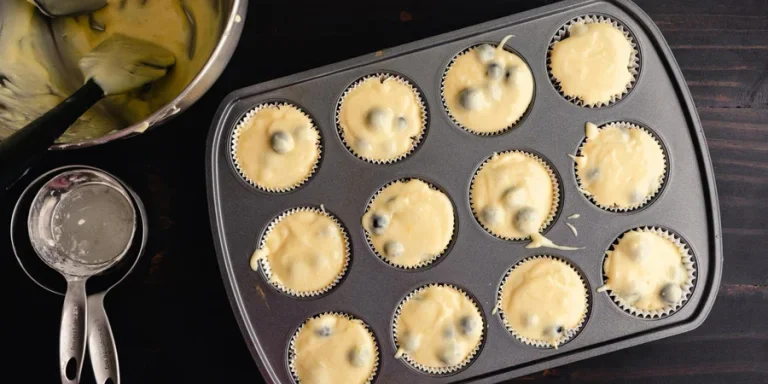Selecting the right bakeware sets in 2024 stands as a crucial factor for enhancing baking operations and efficiency in any professional kitchen environment. As baking techniques evolve and consumer preferences shift towards more sophisticated and diverse bakery products, the choice of bakeware can significantly influence the quality, consistency, and visual appeal of baked goods. High-performance bakeware sets not only improve the overall baking process but also ensure that culinary creations meet the high standards expected in a competitive market. For businesses looking to maintain a cutting-edge in bakery offerings, investing in the appropriate bakeware sets is not just about utility but also about aligning with industry best practices and consumer trends.
Table of Contents
1. Types and uses of bakeware sets
2. Market insights for 2024
3. Selection criteria for top bakeware sets
4. Highlighting the best bakeware models of 2024
1. Types and uses of bakeware sets
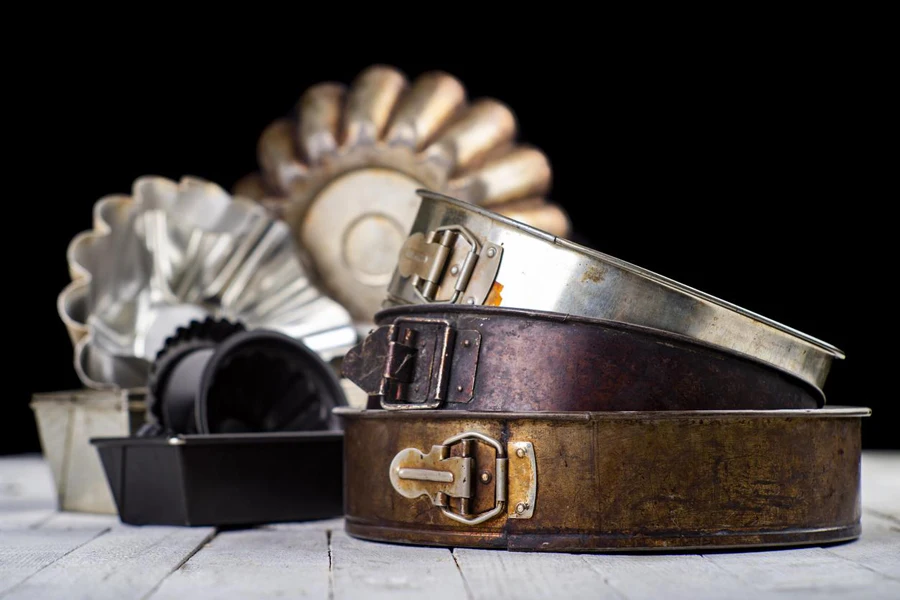
Bakeware is essential in any baking operation, available in a diverse array of materials and configurations to suit different baking needs. Understanding these can significantly enhance baking outcomes and efficiency.
Material varieties and their benefits
Ceramic Bakeware: Ceramic retains heat well, which keeps dishes warm longer and is aesthetically pleasing for oven-to-table serving. It is particularly excellent for casseroles, lasagnas, and baked pasta dishes.
Silicone Bakeware: Known for its flexibility and non-stick qualities, silicone bakeware is lightweight and easy to handle. It’s perfect for muffins, cupcakes, and intricate molds, thanks to its ability to release food easily.
Aluminum Bakeware: Aluminum is favored for its excellent heat conductivity, which ensures even baking. It’s commonly used in professional settings for its durability and ability to produce evenly browned baked goods rapidly.
Stainless Steel Bakeware: Stainless steel is incredibly durable, resisting corrosion and rust while offering superior heat distribution. This material is ideal for browning foods and is commonly used in professional kitchens.
Cast Iron Bakeware: Cast iron is valued for its heat retention and versatility, capable of transitioning from stovetop to oven. It’s ideal for baking and serving hearty, rustic dishes and gives breads and desserts a delightful crust.
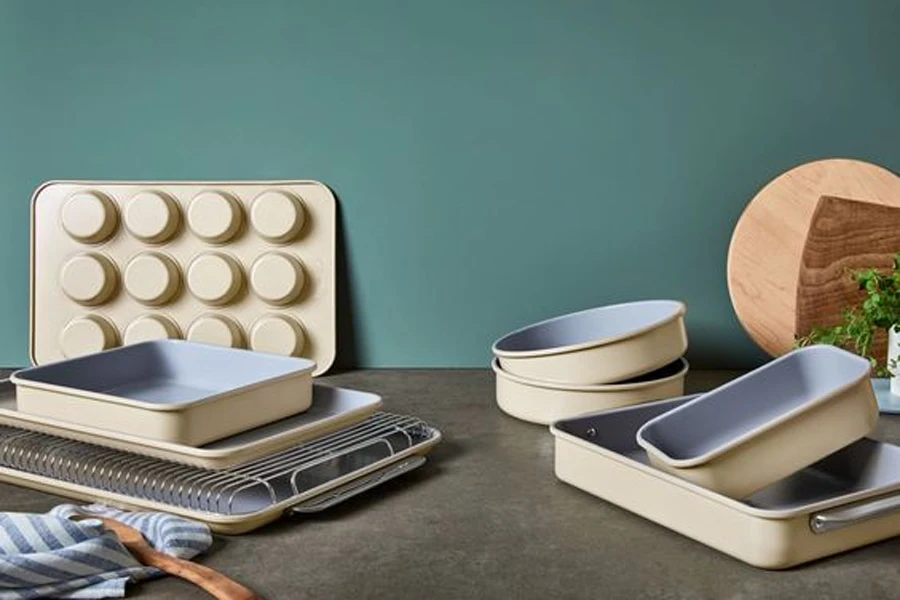
Common set configurations and their applications
Different bakeware configurations cater to various baking projects, from simple cookies to elaborate multi-layer cakes.
Baking Sheets and Cookie Sheets: These are fundamental for baking cookies, roasting vegetables, and preparing sheet pan dinners, offering a large, flat surface for even heat distribution.
Cake Pans: Available in various sizes and shapes, including round, square, and rectangular, cake pans are crucial for baking layer cakes and other desserts.
Muffin and Cupcake Tins: These are essential for creating individual servings of cupcakes, muffins, and mini quiches, allowing for consistency and portion control.
Casserole Dishes: Ideal for baked dishes like casseroles and lasagnas, these dishes often come in deep, rectangular, or oval shapes to accommodate layered recipes.
Specialty Pans: Including Bundt pans, loaf pans, and pizza pans, these are designed for specific tasks and can greatly influence the presentation and texture of baked goods.
The choice of material and configuration depends significantly on the specific baking needs, desired outcomes, and the type of dishes being prepared. Each material offers unique benefits in terms of heat distribution, durability, and aesthetic appeal, while the variety of pan types ensures that all baking needs can be met, from everyday cookies to elaborate celebration cakes.
2. Market insights for 2024
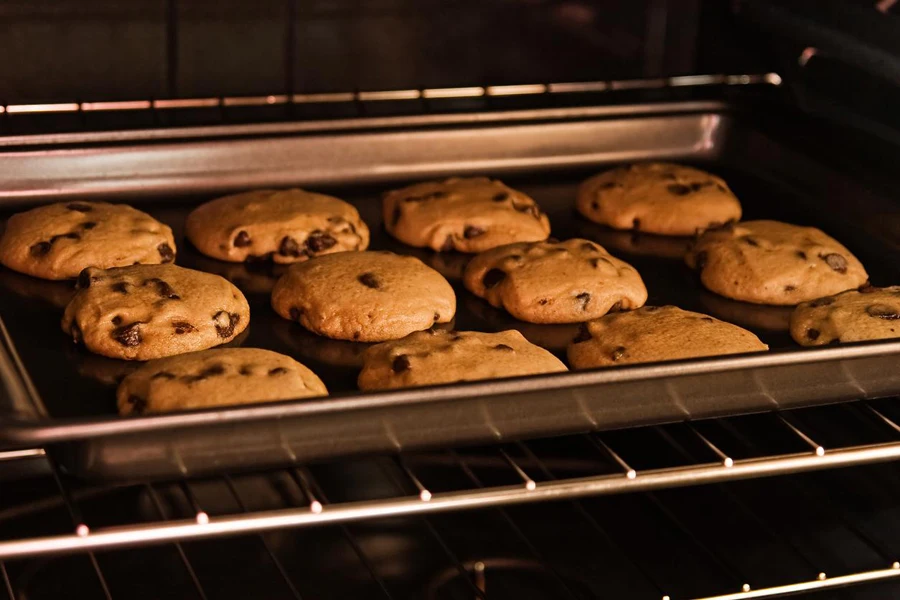
Trends influencing bakeware demand
The bakeware market is witnessing a surge in demand driven by evolving consumer preferences and significant technological advancements. Consumers are increasingly opting for bakeware that combines functionality with aesthetic appeal, which is influencing manufacturers to innovate and diversify their product offerings. This trend is particularly strong in segments like silicone molds and non-stick coatings, which offer enhanced usability and durability. Furthermore, the adoption of advanced materials such as carbon steel, known for its excellent heat conductivity and durability, is becoming more prevalent.
Technological innovations are also playing a pivotal role. For example, smart baking tools and environmentally friendly materials are becoming popular, aligning with the global shift towards sustainability. Innovations such as PFAS-free non-stick coatings are also gaining traction, offering safer and healthier cooking options.

Data on market growth and consumer behavior
The bakeware market is projected to grow significantly, with a compound annual growth rate (CAGR) of approximately 5.9% from 2023 to 2030, indicating robust market expansion. This growth is underpinned by the rising trend of home baking, spurred initially by global lockdowns and sustained by ongoing interest in culinary pursuits.
Regionally, Europe is maintaining a dominant position in the market, thanks to a strong tradition of home baking. The market there is driven by a demand for innovative and time-saving baking solutions. Similarly, the Asia-Pacific region is experiencing rapid growth due to increasing disposable incomes and the influence of Western baking traditions, which is expanding the consumer base for bakeware.
Commercial applications still hold the largest share of the market, particularly with innovations aimed at enhancing efficiency and sustainability in professional baking environments. Meanwhile, the household segment is growing, fueled by online platforms that make a diverse range of bakeware products more accessible to consumers.
3. Selection criteria for top bakeware sets

Assessing quality and durability
When evaluating bakeware for quality and durability, key factors include material and construction. Materials like ceramic and heavy-gauge metals such as carbon steel or aluminized steel are preferred for their durability and heat distribution properties. Ceramic, while attractive and effective for even heating, may not withstand rapid temperature changes as well as metal. Non-stick coatings are popular for easy release and cleanup, but the quality of these coatings varies. High-quality non-stick surfaces, like those free from PTFE and PFOA, provide safety and longevity. Additionally, the construction should ensure that handles are secure and the bakeware does not warp under high temperatures.
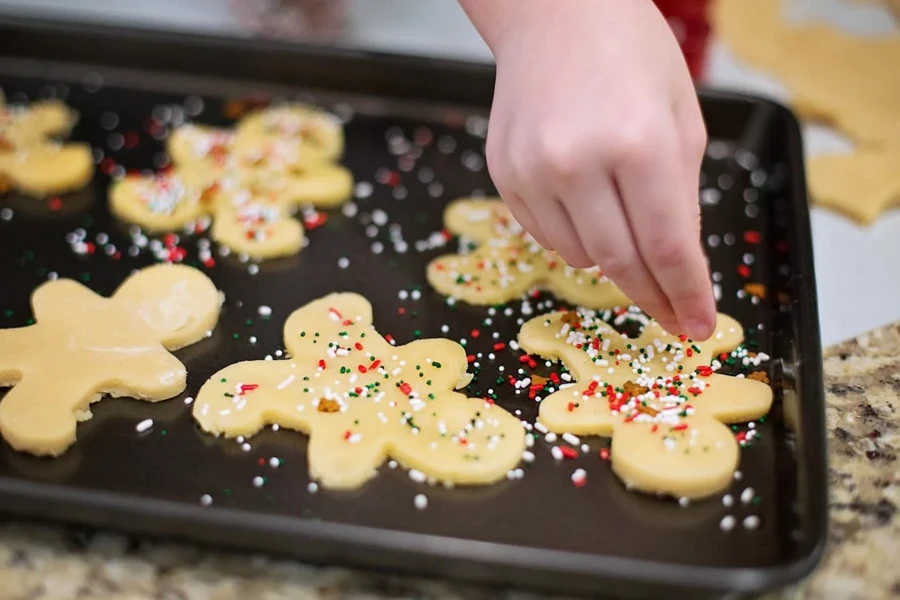
Considerations for compatibility and versatility
Compatibility with various kitchen appliances is crucial. Bakeware should be suitable for use in all types of ovens and, if possible, be safe for use under broilers or on stovetops for versatile cooking. Dishwasher safety is another important factor, although hand washing is recommended to extend the life of non-stick coatings. Some materials, like silicone and heavy-duty metals, offer more versatility and can often go from freezer to oven, which is ideal for advance meal preparations.
Price versus performance
The balance between cost and performance is critical. More expensive bakeware sets, such as those with ceramic coatings or advanced metal alloys, often offer better heat distribution and longevity, making them a worthwhile investment for frequent bakers. Budget-friendly options are available, but they may compromise on features like heat resistance and durability. It is essential to consider how often the bakeware will be used and whether the investment aligns with the user’s baking needs and frequency.
4. Highlighting the best bakeware models of 2024
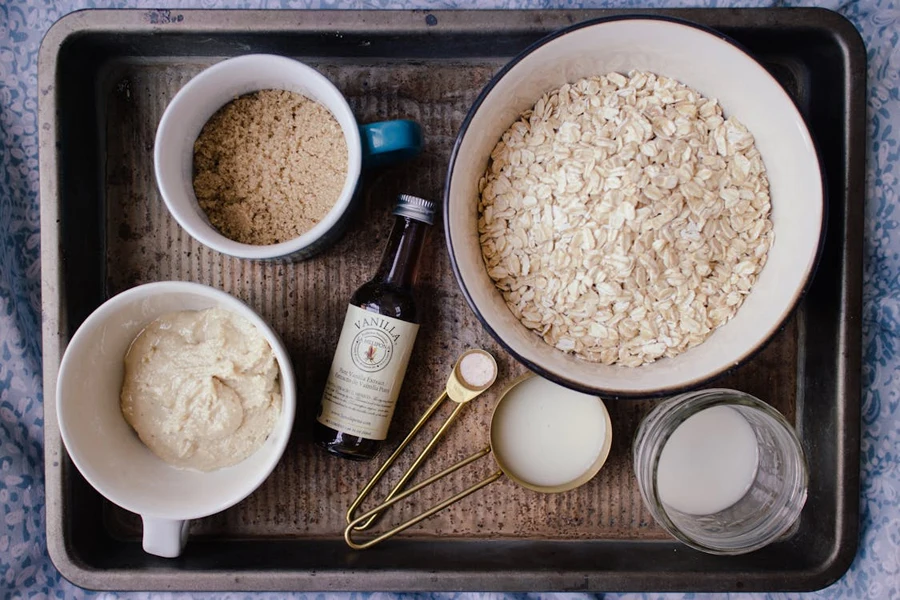
Leading models and their key features
The bakeware market in 2024 offers a variety of high-quality sets catering to different baking needs and preferences:
Staub Ceramic Baking Dishes: Known for their durability and stylish designs, Staub’s ceramic dishes are suitable for sophisticated presentations and are resistant to scratches, impacts, and thermal shocks.
Caraway 11-Piece Non-stick Ceramic Bakeware Set: This set is appreciated for its eco-friendly non-toxic ceramic coating and includes components like baking sheets and muffin pans, offering a combination of aesthetic appeal and functionality.
OXO Good Grips 5-Piece Non-Stick Bakeware Set: Distinguished by its simplicity and durability, this set features a multi-layer non-stick coating that is PFOA-free, making it a reliable choice for everyday baking.
Nordic Ware Baker’s Delight 3-Piece Set: Ideal for those looking for professional-grade tools, this set includes pieces made from pure aluminum, ensuring even heat distribution and resistance to warping.
Each of these models brings something unique to the table, whether it’s the material quality, special features like non-toxic coatings, or the inclusion of ergonomic designs for easier handling.
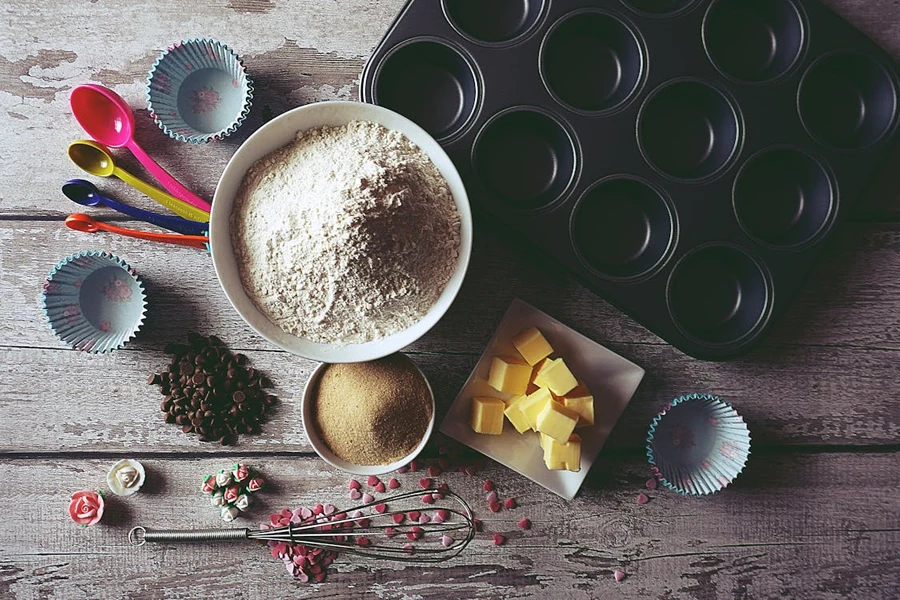
Comparative analysis of top picks
When comparing these top models, several factors stand out:
Material and Coating: Caraway and OXO sets use modern non-stick coatings which are safer and easier to clean, while Staub and Nordic Ware focus on traditional materials like ceramic and aluminum for optimal heat distribution.
Versatility and Functionality: The Caraway set’s inclusion of multiple pan types and sizes offers great versatility, similar to the comprehensive range found in the Nordic Ware set. In contrast, the Staub set focuses more on serving and presentation with its aesthetically pleasing designs.
Price and Value: OXO offers great value with durable and long-lasting pieces at a moderate price point. In contrast, the Caraway set, while higher in price, includes a broader range of pieces and features, justifying its cost with the added versatility and eco-friendly materials.
These sets have been highly rated across various platforms for their quality and utility, making them top choices for both home and professional use in 2024. Each set’s unique features cater to different baking needs, from simple everyday baking to more elaborate culinary projects.
Conclusion
Selecting the right bakeware set in 2024 involves a thoughtful consideration of material quality, versatility, and price-performance ratio. The market offers a range of options from high-end ceramic and non-stick sets to versatile aluminum and eco-friendly choices, each suited to different baking needs and preferences. With advancements in materials and design, choosing the best bakeware set requires balancing functionality, aesthetic appeal, and cost to meet both current and future baking demands effectively. This careful selection ensures that baking tools not only perform well but also align with the sustainability and health considerations increasingly important in today’s market.
